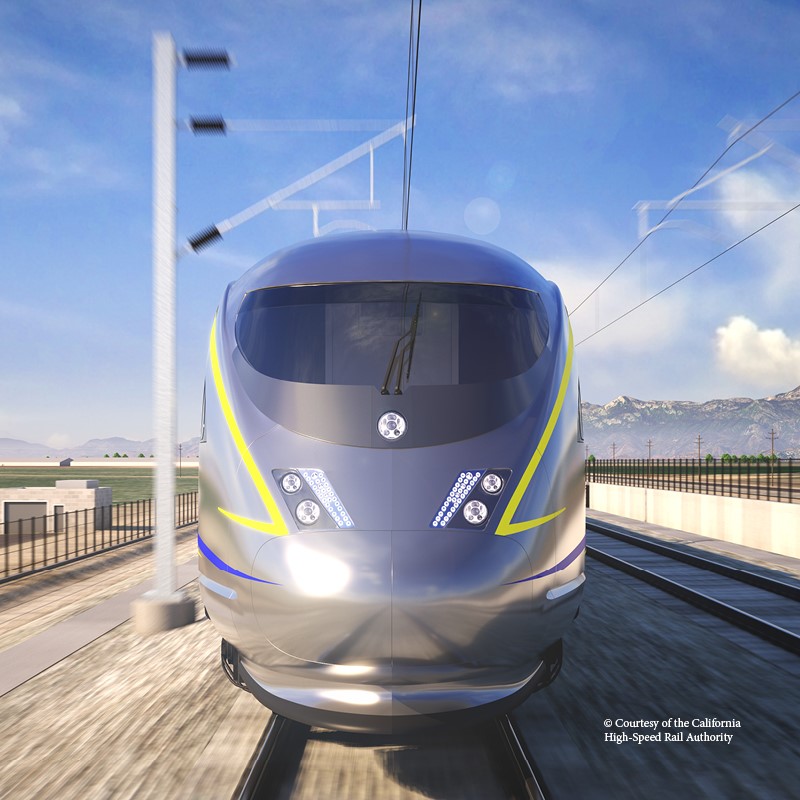It has been called a dud, the train that couldn’t, a train that went off the rails, a train wreck, the train to nowhere, and a crazy train. The high-speed rail is also a financial fiasco, its cost now almost four times the initial estimate Californians based their votes on when they approved the project in 2008’s Proposition 1A ballot measure.
The original cost estimate to build the line was $33 billion. Over the years, estimates have bounced up and down, making brief stops at $64 billion, $77 billion, $98 billion, and $117 billion, then falling to $100 billion for a shorter route that linked Los Angeles and San Francisco rather than Sacramento and San Diego. The most recent revision, released earlier this month by the High Speed Rail Authority, puts the cost at $128 billion, 13% higher than last year’s guess (we might as well call them what they are). Even worse, with a funding gap that’s now at $100 billion, the project is deeply in the red.
This new calculation includes a 41% increase in the cost of the Central Valley segment that will connect (maybe) Bakersfield and Merced, 170 miles apart. That section alone will now cost $35.3 billion, more than the entire line was to cost at the beginning.
There is, finally, some visible evidence of progress in this grand government project. But as PRI senior fellow Steven Hayward notes, the train still “hasn’t carried a single rail car yet and won’t for some time to come,” and the single “small built-out portion” of track that we can see “is already covered in graffiti.”
While the bullet train continues to misfire, construction of a private rail line (that will use some federal funds) between the Los Angeles metro area and Las Vegas is scheduled to begin this year.
Built by Brightline Holdings, the train will cover the distance between three stations in California’s high desert and Las Vegas for $10 billion. Those stations will be connected to Los Angeles via Metrolink trains.
The Brightline West line has also gone through its own delays. Construction was initially supposed to begin in 2021; setbacks are to be expected in overregulated California. But Brightline’s performance is miles ahead of the California High Speed Rail. Maybe this is because it’s not a public works project. It is a business, not a bureaucracy.
In an interesting twist, the same week the High Speed Rail Authority announced the latest cost increase, Brightline said it had reached a labor agreement for its project, which is now on track to be built and begin operations in 2027.
Also unlike the California High Speed Rail, Brightline West will have to answer to customers – it will be subject to market forces. That means it could fail. If demand doesn’t materialize as company officials believe it will, or should private investors have doubts about the line, it might also turn out to be a train to nowhere.
In the event it succeeds, though, it would be another embarrassment for the California bullet train and its idealistic supporters.
Kerry Jackson is a fellow with the Center for California Reform at the Pacific Research Institute.


